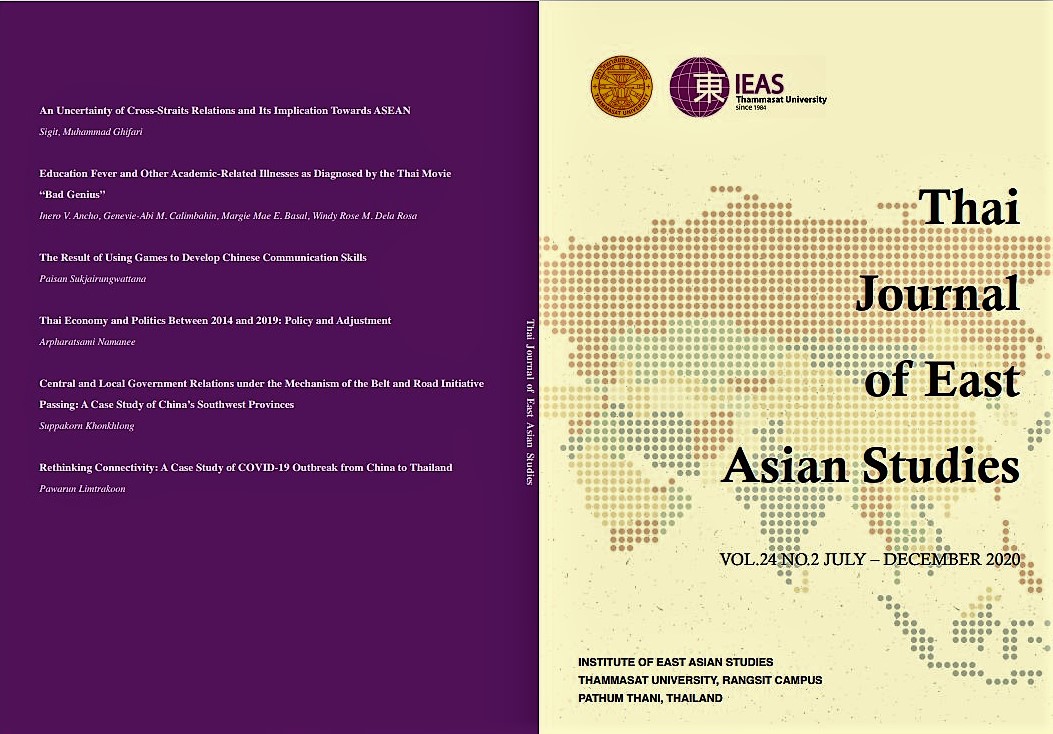Central and Local Government Relations under the Mechanism of the Belt and Road Initiative Passing: A Case Study of China’s Southwest Provinces
Keywords:
Mechanism, Belt and Road Initiative (BRI), Central Government, Local GovernmentAbstract
Chinese governing system is highly complex; the implementation and the pass on of
the policy to different levels, including the provinces are not linear and often without a clear
plan. Therefore, in order to understand the Chinese policy and its pass on from Beijing to other
organisms, different framework rather than mainstream public administration framework is
required. The Belt and Road Initiative (BRI) serves as the vehicle for managing and coordinating
development at the local level. China’s Southwest province of the local government reports delivered
in the local People’s Congresses, and the province positions itself as the most vigorous, active, and
optimist province with the Belt and Road Initiative. This paper studies the pass on the policy of the
BRI from the government in Beijing through the provincial case studies, as well as the process of
how it has applied to the province. The BRI has expanded the decision-making powers of provinces,
while the central government is also strengthening its coordination of provincial economic policies.
Downloads
References
Contemporary China, DOI: 10.1080/10670564.2018.1511391
David, A. (2015). China’s Two Silk Roads Initiative: What it Means for Southeast Asia, Southeast Asian
Affairs (2015), p. 26.
Qian, Y. & Weingast, B. (1997). ‘Federalism as a commitment to preserving market incentives’, The
Journal of Economic Perspectives 11(4), (Autumn), pp. 83–92.
Shashi, T. (2015). ‘China’s Silk Road Revival—and the Fears It Stirs—Are Deeply Rooted in the Country’s
History’, New Perspectives Quarterly 32(1), p. 19.
Vision and Actions on Jointly Building Silk Road Economic Belt and 21st-Century Maritime Silk Road,’
Ministry of Foreign Affairs of the People’s Republic of China, 28 March 2015, available at:
http://www.fmprc.gov.cn/mfa_eng/zxxx_662805/t1249618.shtml [accessed 31 August 2019].
Zhang, Y. (2010). How will China’s central-local governmental relationships evolve?: An analytical
framework and its implications. In Garnaut R., Golley J., & Song L. (Eds.), China: The
Next Twenty Years of Reform and Development (pp. 53-72). ANU Press. Retrieved from
http://www.jstor.org/stable/j.ctt24hc46.9 [accessed 23 Aug 2019].
Zhu, S. L. (2003). ‘Federalism’ in Contemporary China – A Reflection on the Allocation of Power between
Central and Local Government, Singapore Journal of International & Comparative Law 2003
(7), pp. 1–14.



